(Granville 1870 - 1943 Paris)
Cérès, former student of Pacis
for the Golden Book of Peace
1932
wood engraved on watermarked Arches vellum
37x36cm; 48 x 33 cm (framed)
signed 'MAURICE DENIS' at the bottom of the circle, in the plate
limited edition of 450 copies
Notable museums:
Orsay Museum, Paris
Maurice-Denis Museum, Saint-Germain-en-Laye
Hermitage Museum, St. Petersburg
Alte Nationalgalerie, Berlin
Selected bibliography:
Pax Mundi, Golden Book of Peace, Paxunis, Geneva, 1932
Ovid, The Fasti, Book I (v. 657-704)
Learn more:
Maurice Denis is a multi-faceted artist known as “the nabi of beautiful icons”. A painter, engraver, decorator and art historian, he also stands out as a theoretician.
From 1890, Maurice Denis was inspired by the ideas of Gauguin to develop his own artistic language within the movement initiated by Paul Sérusier, in collaboration with artists like Édouard Vuillard or Pierre Bonnard. This movement, first designated under the name "neo-traditionism", is based on the concepts born in Pont-Aven: the works, freed from conventional realism, attempt to arouse a spiritual resonance, subtly marrying esotericism and Japonism.
In this quest, Maurice Denis quickly rejects classic academic techniques: the compositions are deployed on a flat surface, breaking with the conventions of perspective, while color, applied in flat areas and delimited by marked contours, takes on a singular importance.
Our engraved wood takes up an episode from Book I of Ovid's Fastes: “The moveable feast of the Sementiuae”, introducing the theme of peace. On the festival of Sementiuae (the sowing), Ceres, the goddess of agriculture, and Earth preside together. Ovid sings that one needs the other because “if one receives the germs in her womb, the other fertilizes them”. Or, in times of war, man does not take the time to work the land. The Roman poet concludes: Pax Cererem nutrit, Pacis alumna Ceres (“Peace nourishes Ceres, Ceres is daughter of Peace”). Based on this ancient text, Maurice Denis pays homage to peace.




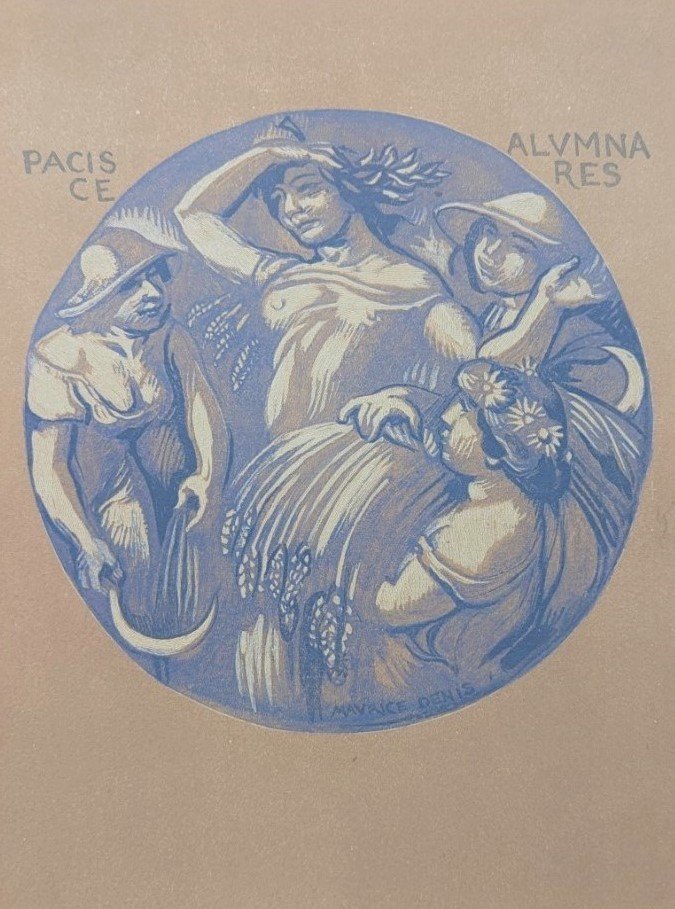

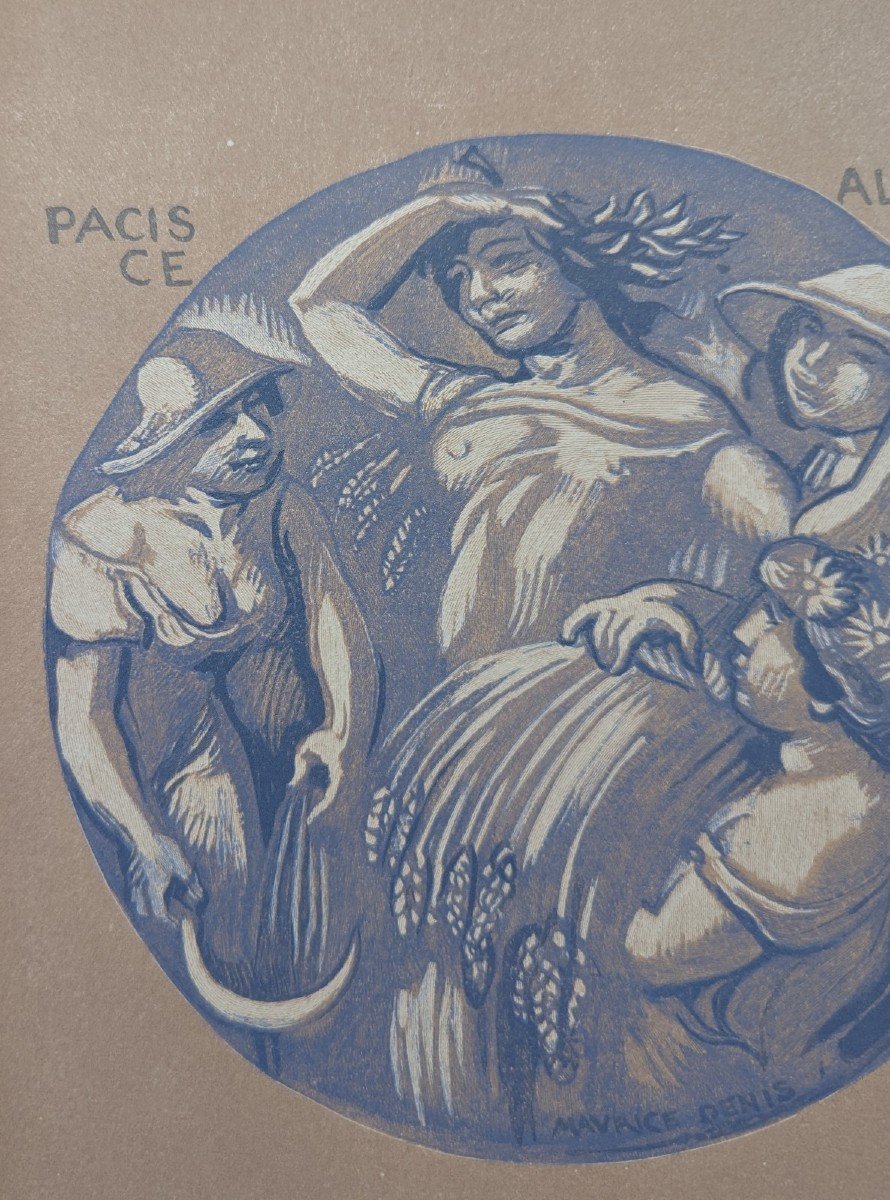






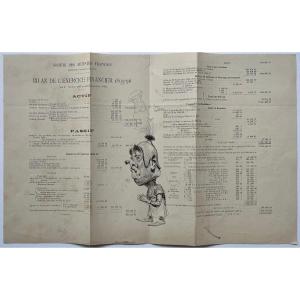




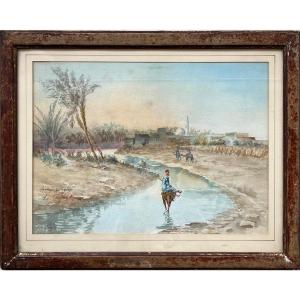






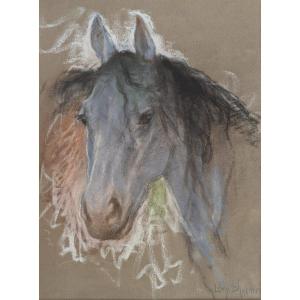


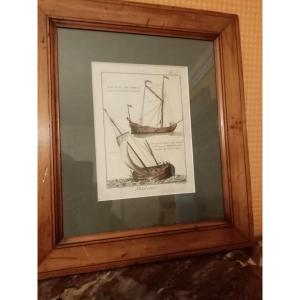







 Le Magazine de PROANTIC
Le Magazine de PROANTIC TRÉSORS Magazine
TRÉSORS Magazine Rivista Artiquariato
Rivista Artiquariato